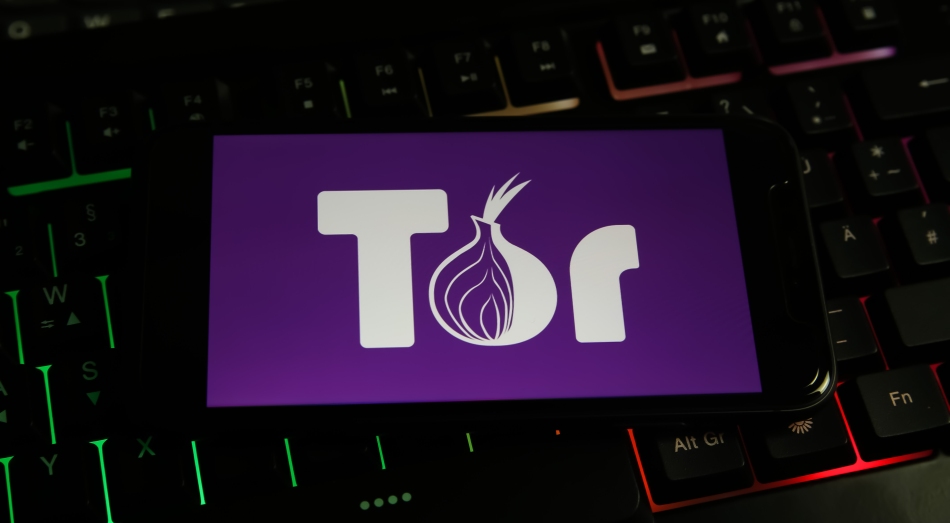
The Tor Project has released Arti 1.6.0, introducing a range of new features aimed at improving privacy, resilience against side-channel attacks, and observability for developers.
This version adds experimental support for circuit padding, defenses against the DropMark attack, and telemetry tooling for debugging, all while continuing Arti’s gradual path toward becoming a fully functional Tor relay and directory authority.
Arti is the Tor Project’s Rust-based next-generation Tor implementation. Unlike the legacy C-based Tor (C-Tor), Arti is designed from the ground up for safety, maintainability, and modularity. While still not production-ready for acting as a relay, Arti currently supports client functionality and is used by researchers and developers experimenting with future Tor protocols.
One of the most notable additions in version 1.6.0 is support for circuit padding, a defensive measure designed to make traffic patterns harder to fingerprint. This feature uses the “Maybenot” framework, which allows the selective injection of padding traffic to obscure usage patterns without incurring unnecessary overhead. The initial implementation focuses on client-side support and is intended to defend against TLS-level traffic analysis and handshake fingerprinting attacks. Full relay-side deployment is not yet enabled but is under active research.
Arti 1.6.0 also includes mitigations for the DropMark attack, a known vulnerability that enables malicious Tor relays to use crafted relay cells as covert channels to deanonymize users. These mitigations enforce stricter state validation rules for relay messages, closing circuits that receive out-of-context or duplicate commands, thereby neutralizing the covert signaling mechanism that DropMark relies on. This update significantly hardens Arti’s client behavior by reducing the attack surface for relay-based deanonymization attempts.
The release introduces experimental OpenTelemetry support, giving developers more visibility into Arti’s internal behavior. When compiled with telemetry features, Arti can export span and trace data via HTTP to collectors like Jaeger, or to JSON files for offline analysis. This functionality is intended for debugging and development use only, due to its potential to expose sensitive operational details if misconfigured.
In addition to these features, Arti 1.6.0 includes improvements to congestion control mechanisms and a new arti keys check-integrity command to verify the consistency and correctness of key data. These changes enhance both security and stability as Arti matures into a comprehensive Tor implementation.
Behind the scenes, work continues toward enabling Arti to serve in network-critical roles like directory mirror, relay, and eventually directory authority. These roles are essential to the decentralized functioning of the Tor network and represent the long-term goal of transitioning away from C-Tor.
For general users, Arti remains experimental and should not yet replace the standard Tor client for anonymity-critical tasks. However, those who wish to experiment with it may download Arti from here.






Leave a Reply